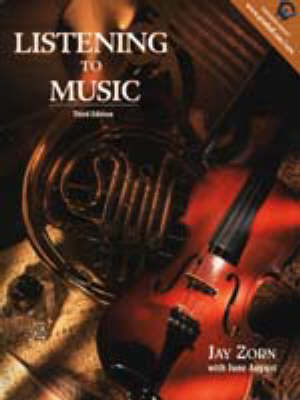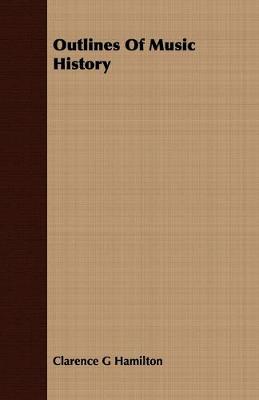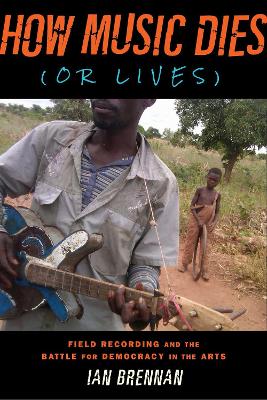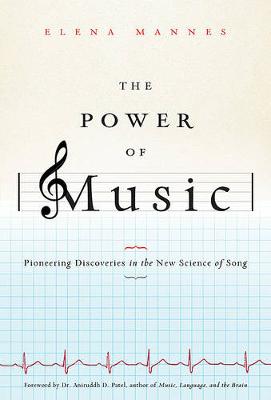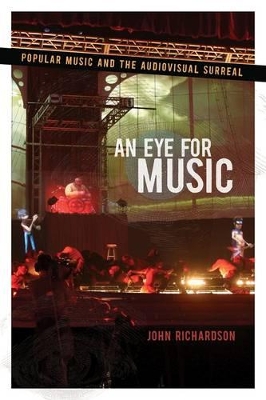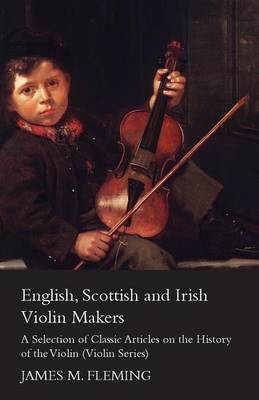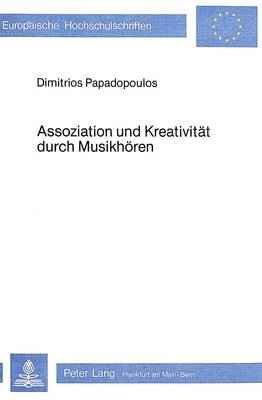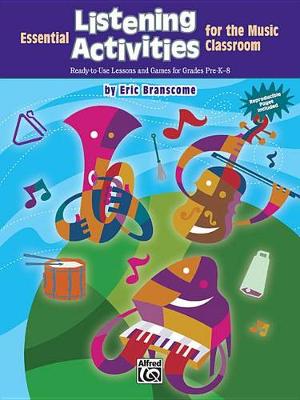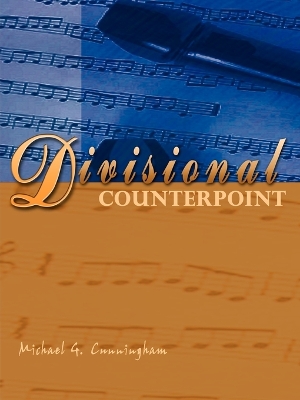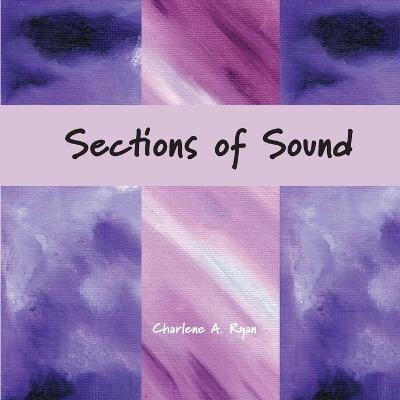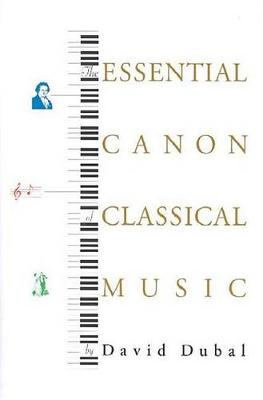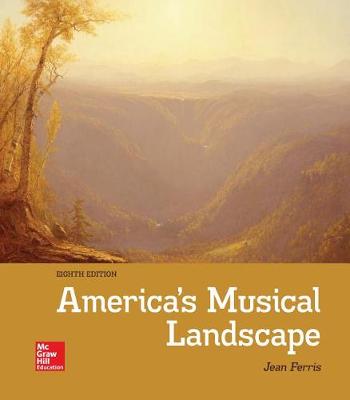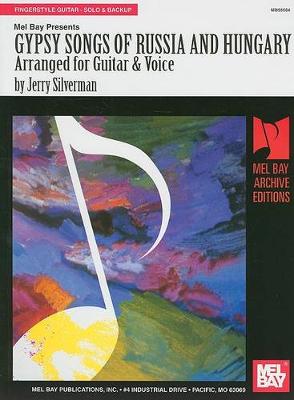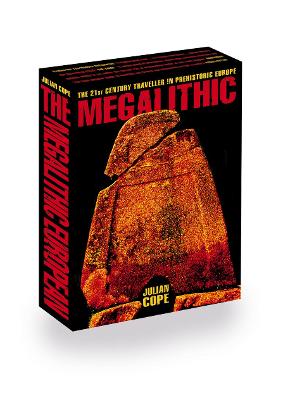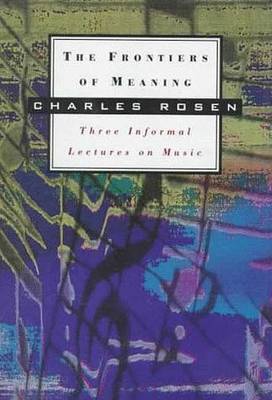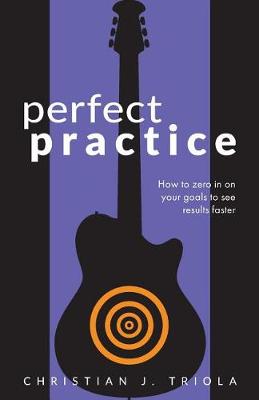Written in a lively style, this book provides the foundation for acquiring lifelong knowledge and appreciation of music. It concentrates on the effective listening skills needed to identify composers and to recognize their styles and some of their representative works - playing in the background of the social, economic, and historical influences in their lives. Students are encouraged to become informed consumers of music and active participants in supporting the arts. They should gain not only...
Through a musical language involving symbols, numbers, and tonality, J. S. Bach created emotional dimension in the preludes and fugues of ""The Well-Tempered Clavier"". This book explores the use of that musical language, revealing how Bach used harmonic design and melodic and rhythmic motivic formulas to adhere to the basic doctrine of the Theory of Affects - i.e., that one mood will govern one piece. The book examines the significance of key and the emotional dimension Bach discerned in each t...
Artistic Citizenship
by David Elliott, Marissa Silverman, and Wayne Bowman
This first-of-its-kind compendium unites perspectives from artists, scholars, arts educators, policymakers and activists to investigate the complex system of values surrounding artistic-educational endeavors. Addressing a range of artistic domains, ranging from music and dance, to visual arts and storytelling, contributors offer an exploration and criticism of the conventions that govern our interactions with these practices. Artistic Citizenship focuses the responsibilities, and functions of am...
All recordings document life, arising from a specific time and place, and if that place is artificial, the results will be as well. Culled from a lifetime of learning through failure and designed to provoke thought and inspiration for artists in every medium, How Music Dies (or Lives) is a virtual how-to manual for those on a quest for authenticity in an age of airbrushed and Auto-Tuned so-called "artists." Author and Grammy-winning producer Ian Brennan chronicles his own journeys to find new an...
The music we hear is always inhabited by voices of previous performances. Because listening is now so often accompanied by moving images, this process is more complex than ever. Music videos, television and film music, interactive video games, and social media are now part of the contemporary listening experience. In An Eye for Music, John Richardson navigates key areas of current thought - from music theory to film theory to cultural theory - to explore what it means that the experience of musi...
English, Scottish and Irish Violin Makers - A Selection of Classic Articles on the History of the Violin (Violin Series)
by James M Fleming
Assoziation Und Kreativitaet Durch Musikhoeren (Europaeische Hochschulschriften / European University Studie, #5)
by Dimitrios Papadopoulos
Wahrend die Forschung sich bisher hauptsachlich mit der Kreativitat in der Musik beschaftigt hat, versucht diese Arbeit zu erforschen, ob die Kraft der Musik in der Lage ist, durch verschiedenartige emotionale Beeinflussung, die wiederum durch die Musikparameter, Melos, Rhytmus und Harmonik, aber auch durch die Instrumentation hervorgerufen wird, nicht nur die Assoziationsgedanken und Vorstellungen zielgerecht zu lenken vermag, sondern auch durch die damit verbundene Stimmungslage einen Drang na...
America's Musical Landscape, 8e provides readers with an extensive understanding of the progression of American music over time together with an appreciation of the music's diverse cultural roots. Chapters are enhanced by over 70 listening examples, connections to other arts, and Thinking Critically boxes throughout. Ultimately, the music fundamentals covered will enable students to listen to new music receptively and creatively. With this new edition, all musical examples are easily accessible...
Gypsy Songs of Russia and Hungary (Mel Bay Archive Editions)
by Jerry Silverman
The sounds comprising music were selected by hearing. If we survey what was selected from the beginning to make simple western music, and how it developed, it raises a series of questions about intervals and scales, the tone of instruments, pitch, loudness and time, the answers to which must lie in the nature of our hearing mechanism. Not least, this review throws doubt on the role normally attributed to harmonics. A simplified account of how musical sounds are coded by the ear, and of the proce...
Julian Cope's long-awaited follow up to The Modern Antiquarian, his bestselling and critically acclaimed guide to ancient Britain. The Megalithic European takes us on a breathtaking journey around prehistoric Europe's first temples. Contents* The Megalithic European is a monumental colour guide to the standing stones and ancient temples of prehistoric Europe.* In a 6-year personal odyssey (leaving no stone unturned) Julian Cope covers 300 of the important sites of Northern Europe and t...
What does it mean to understand music? What, if anything, does music mean? Composers, performers, listeners, and academics may answer these questions differently, but what sense of music do they share? When music seems unfamiliar or unlike anything we have heard before, we may say that we don't "like" it. How is taking pleasure from music related to understanding it? This book explores these and other issues as they arise in various musical contexts. Performers' interpretations may be filled wit...
Don't Make Me Use My Adjunct Professor Voice
by Gratitude Show Press
